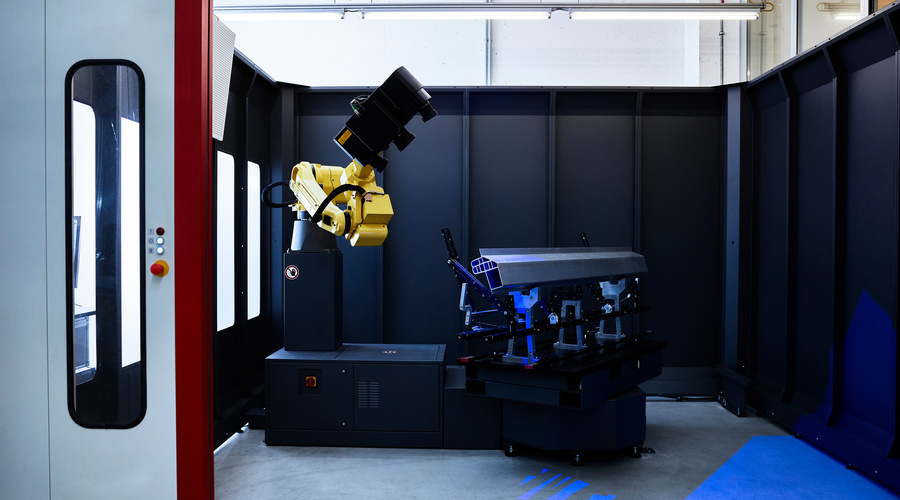With 3D scanning, we can scan a variety of objects ranging in size from small to large. However, the methods you will use for scanning will differ depending on the size of the object, which you will want to consider accordingly. In this article, we share more with you about 3D scanning size limitations to help you make an informed decision about which technique to use!

Large Objects
Let’s start with the largest objects, such as buildings and structures. With these objects, photogrammetry is the best choice for minimizing errors and obtaining the most accurate data within a short turnaround time. Because photogrammetry is a non-contact method, you can easily scan different areas of the object that may be located far apart from each other, all without having to scan the areas in between.
In addition, you may choose to make use of two or more methods of scanning, such as photogrammetry coupled with laser scanning. Any surfaces that may be difficult to catch with a scanning device, such as dark or shiny objects, should be prepared accordingly.
Medium Objects
Now, let’s discuss small- to medium-sized objects. For the purpose of explanation, an example of a medium-sized object in this context is a car. Whether you are focusing on individual car parts for the purpose of reverse engineering or documenting data for the entire structure of the car, you will want to ensure that you use a scanning device with long-range accuracy.
Because most handheld 3D scanning devices come with a size limit, you will want to consider using a combination of non-contact methods and scanning devices with medium-sized objects. Photogrammetry is a good way of capturing the entire structure whereas handheld probes can be used to scan smaller, individual parts.
Small Objects
Small objects, defined as those ranging from 1cm to 3m in size, are best scanned using a structured light scanner or laser based systems. You will find different scanning devices that are catered toward different object sizes. Tiny objects such as jewelry, small machine parts, and fossils can be challenging to capture. Although accuracy is required for any type of 3D scanning, precision is all the more important when it comes to small objects.
To this end, 3D laser scanning and structured light 3D scanning are two of the most common methods utilized. As laser points can capture the size and shape of an object with a high level of precision, handheld scanning devices are a highly popular choice because of how portable they are, which can be an important consideration when transporting smaller objects.
Contact scanning with a handheld probe is recommended for small objects with shiny, transparent or dark surfaces. Because these devices come into direct contact with the surface(s) of the object, preparation such as coating with a layer of spray or paint can be skipped. This is one additional step you will have to complete with non-contact methods of 3D scanning!
For more information regarding 3D scanning and printing, please take a look at our FAQs today!



